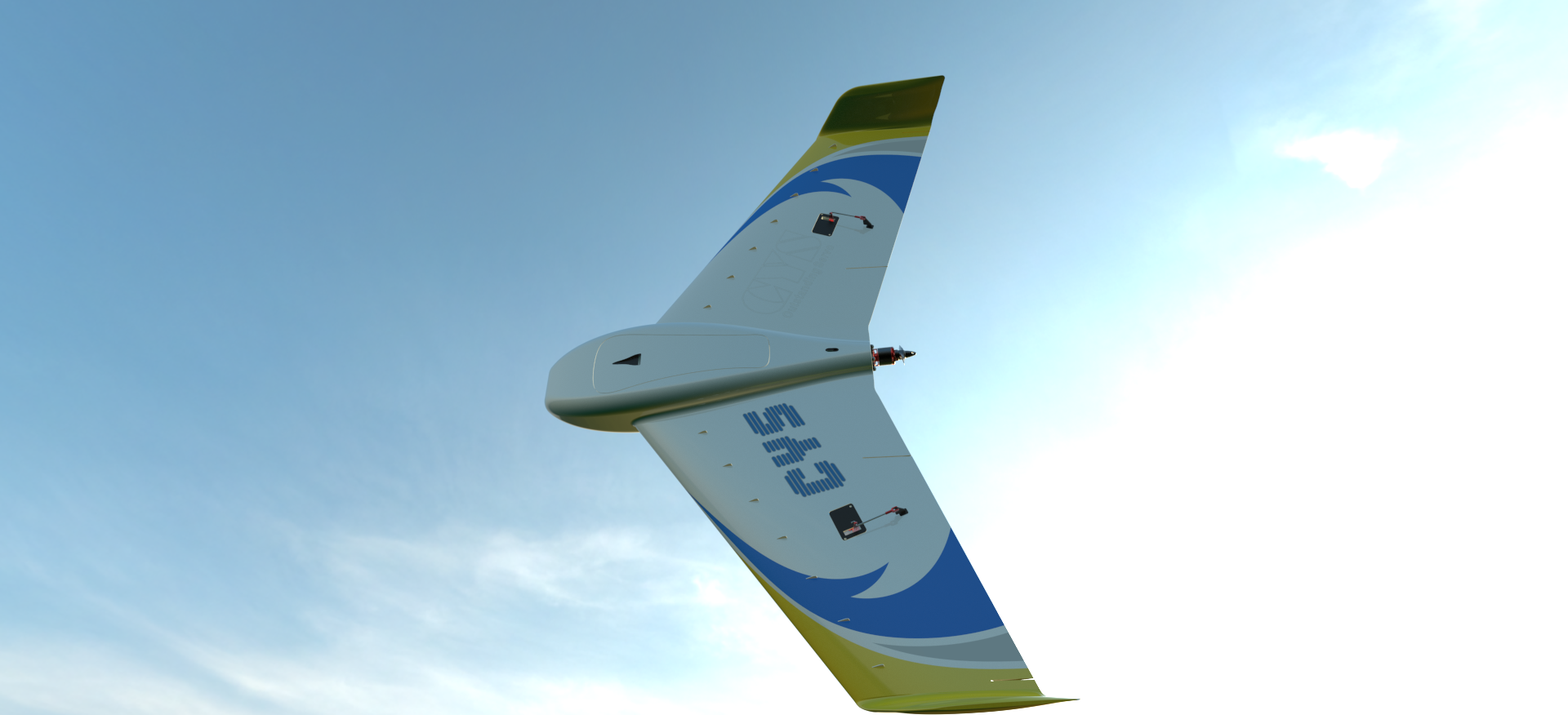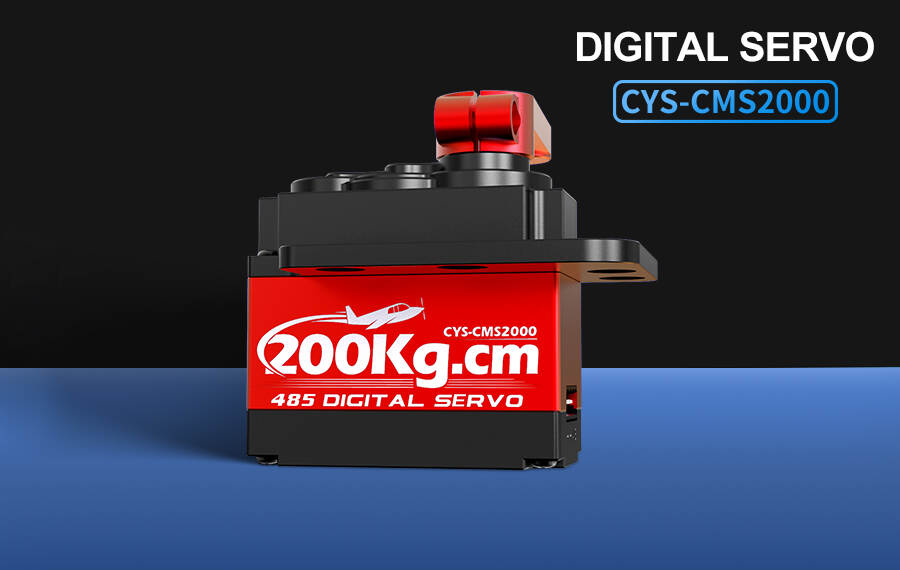Email cannot be empty
Password cannot be empty
Email format error
Email cannot be empty
Email already exists
6-20 characters(letters plus numbers only)
The password is inconsistent
Email format error
Email cannot be empty
Email does not exist
6-20 characters(letters plus numbers only)
The password is inconsistent


The Relationship Between Drone Development and Servos
With the rapid advancement of technology, drones have become increasingly popular in various fields, from aerial photography to delivery services. At the heart of these remarkable flying machines lies a crucial component: the servo. This article explores the intricate relationship between drone development and servos.
A servo, short for servomotor, is a small motor with built-in feedback mechanisms that allow it to rotate to a specific angle and hold that position. In drones, servos play a pivotal role in controlling the movement of the aircraft's limbs, such as the elevator, ailerons, and rudder. These movements are essential for stabilizing the drone, changing direction, and performing complex maneuvers.
As drones evolve, so do the requirements for their servos. Early drones used basic servos with limited precision and torque. However, as the demand for more sophisticated flight capabilities grew, so did the need for advanced servos. Modern drones require servos that can deliver high torque, precise control, and rapid response times.
The development of servos has directly influenced the advancement of drones. For instance, the introduction of brushless servos has significantly improved the efficiency and reliability of drones. These servos use electric motors without brushes, reducing friction and wear, which in turn enhances the drone's performance and lifespan.
Moreover, the integration of advanced technologies such as GPS, inertial measurement units (IMUs), and flight control systems has further highlighted the importance of servos in drones. These technologies rely on accurate and reliable servo movements to execute precise flight paths and maintain stability.

The relationship between drone development and servos is not one-sided. The advancements in drone technology have also driven the innovation in servo technology. As drones become more autonomous and capable of performing complex tasks, servos must evolve to meet these new demands. This mutual influence has led to a continuous cycle of improvement and innovation in both fields.
In conclusion, the relationship between drone development and servos is deeply intertwined. Servos are a critical component of drones, enabling them to perform a wide range of movements and maneuvers. As drones continue to evolve, so too will the servos that power them, driving further advancements in both fields.
In the future, we can expect to see even more sophisticated servos that can adapt to various flight conditions and perform complex tasks with precision and reliability. This ongoing collaboration between drone technology and servo technology promises to open up new possibilities in the world of aerial robotics.
